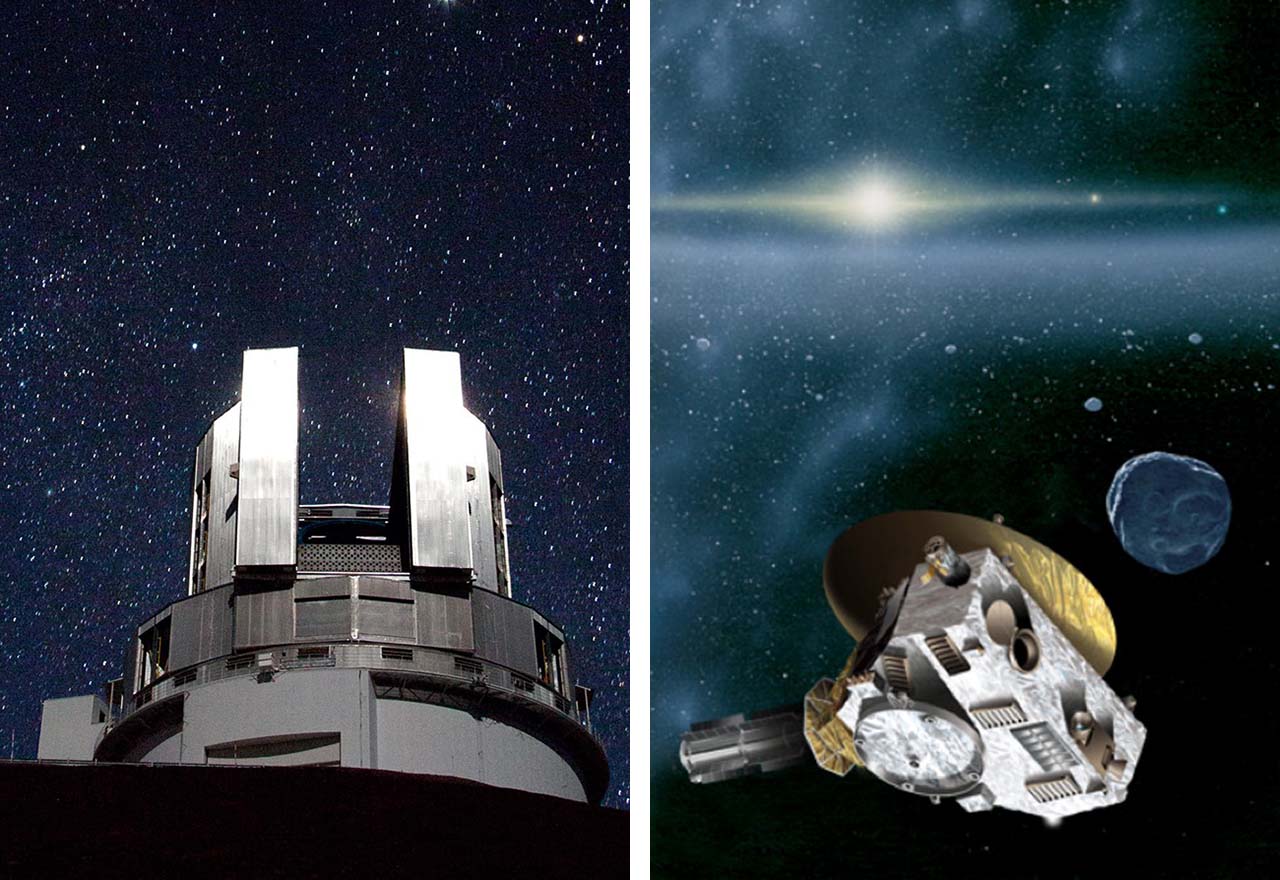Using data from NASA's New Horizons spacecraft and the Subaru Telescope in Hawaii, astronomers were able to discover a second Kuiper Belt beyond the previously known belt.
Since its flyby of Pluto in 2015, New Horizons has continued to explore beyond the Kuiper Belt, helping scientists discover a new region filled with icy objects. Writes Popular Mechanics. The Kuiper Belt, predicted by Dutch-American astronomer Gerard Kuiper in 1951 and confirmed in 1992, is known until now as the outer limit of the solar system filled with icy debris. However, it now appears that a second belt of objects may exist, far beyond the region detected so far. Of course, all of this also means that the solar system is bigger than we thought.
currently Available on the arXiv preprint serverAccording to a study that will soon be published in the Planetary Science Journal, these newly discovered objects are located between 70 and 90 astronomical units (CsE) from the Sun – the value of CsE is 149,597,870,700 kilometers, by the way, and according to the original definition, the radius of the Earth's orbit around the Sun on the path The correct one. The “first”, the well-known Kuiper Belt, is much closer than the previous one, at a distance of 35-55°. What is particularly interesting is the apparent void between 55 and 70 AU, suggesting that these objects actually form a separate belt.
Wes Fraser, the study's lead author, who works at the National Research Council of Canada, said:
“If this discovery is confirmed, it would mean that the Kuiper Belt in the solar system is not as small and unique as previously thought.”
The Subaru Telescope's high-energy Hyper Suprime-Cam has detected a total of 239 Kuiper Belt Objects (KBOs), including 11 interesting objects located outside the known belt.
“This could be an important discovery.”
– said Fumi Yoshida of Chiba Institute of Technology, co-author of the study. By the way, last year the possibility of a second Kuiper belt appeared for the first time:
Dozens of new massive objects beyond Pluto – we can see a hitherto unknown corner of the solar system
Astronomers have likely discovered dozens of large objects outside the Kuiper Belt, on the edge of our solar system, suggesting that another “Kuiper Belt II,” of similar mass, may be hidden beyond Pluto’s orbit.
Researchers plan to continue studying these objects and searching for objects farther away in the Kuiper Belt through upcoming surveys such as the Vera C. Rubin Observatory's Ancient Space and Time Survey program.
(Image: Subaru Telescope (left) and New Horizons spacecraft (right). Source: NAOJ/Southwest Research Institute)












































